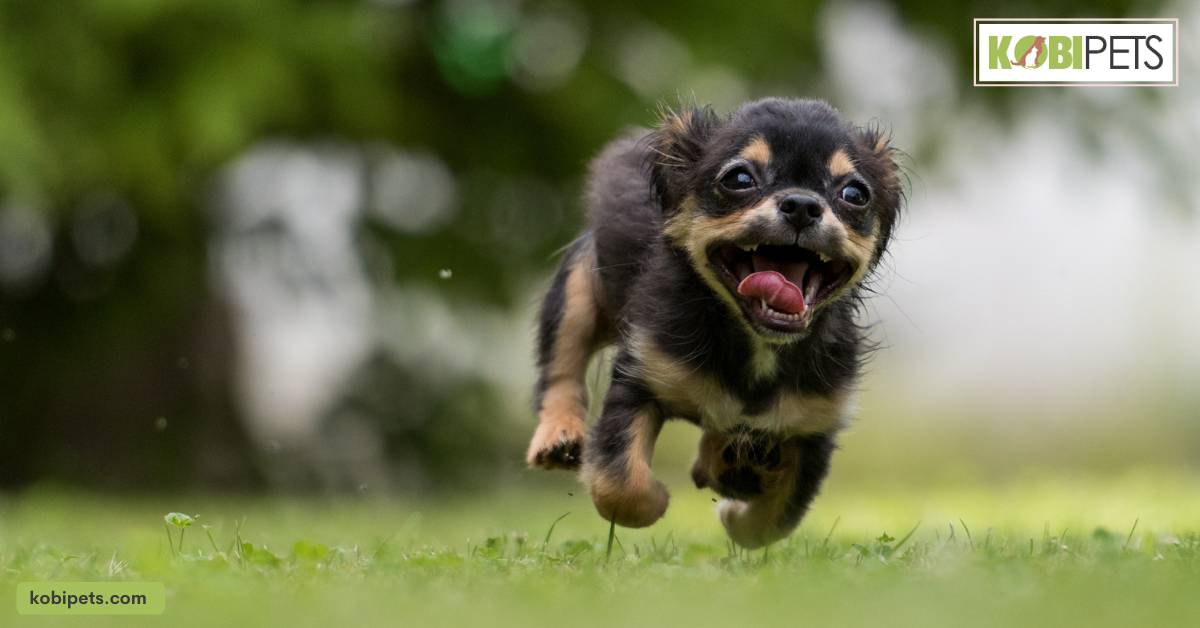
Are you struggling to train your beloved pup? Training a dog can be a challenging task, but with the right guidance and patience, it’s possible to create an obedient pet. In this blog post, we will go over some useful tips that can help you train your dog quickly and effectively.
From positive reinforcement techniques to set boundaries and rules, we will cover all the basics of dog training to help you get started on the right track. With these tips and a little bit of effort, you can have a well-behaved pup who loves listening to your commands!
Develop a Positive Training Method
When developing a positive training method when training your dog, it is important to remember to use rewards-based training. Rewards-based training involves giving your dog rewards like treats and praise when they do something correctly. To ensure consistency in the way you train, it is helpful to create a routine you can follow every time you interact with your dog. Below are some helpful tips:
- Follow the same routine each time you train: Create a consistent training environment to ensure your dog understands what is expected of them.
- Avoid punishment or shouting: Yelling at your dog will only make them fearful and less likely to learn from the session.
- Be patient and consistent: Training takes time and progress can be slow, but consistency in your approach will help build good habits.
- Stay positive and encouraging: Positive reinforcement is essential for successful training; make sure you stay upbeat and reward good behavior whenever possible.
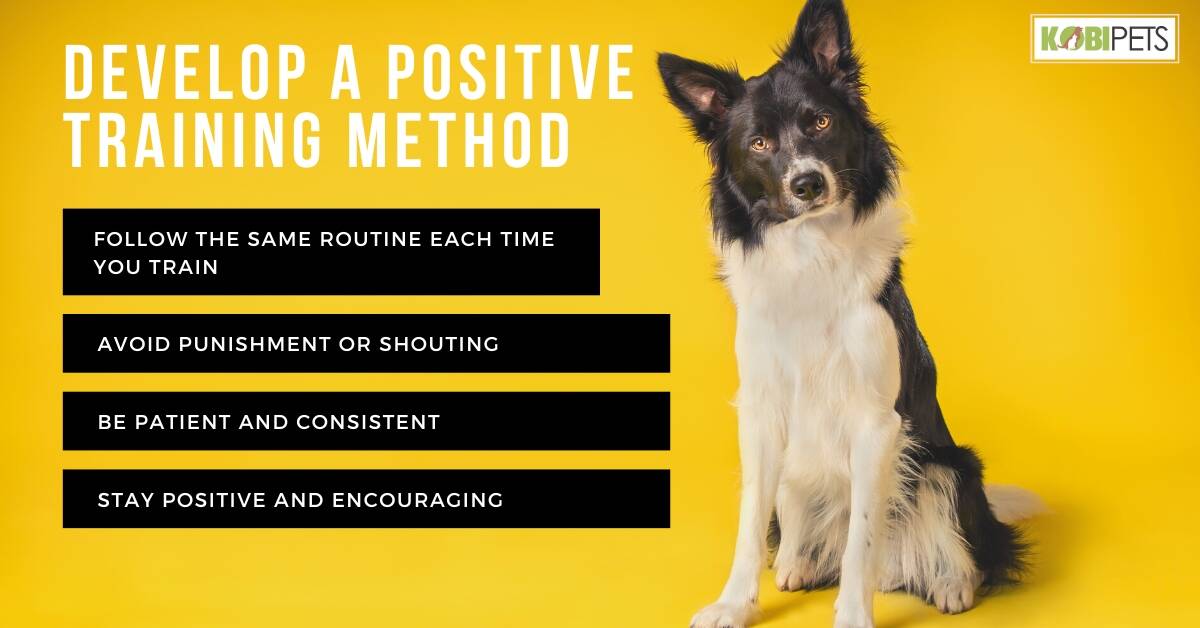
Develop a Positive Training Method
Teach Basic Commands and Manners
Teaching basic commands and manners to your dog is an important part of responsible ownership. Training your dog to obey certain commands not only increases their safety but also helps create a better bond between you and your pet. Here are some tips for teaching your dog basic commands and manners:
Start with the basics: Begin by teaching your dog simple commands such as “sit”, “stay”, or “come”. Make sure to give them plenty of rewards when they do something correctly.
Use positive reinforcement: Dogs respond better when they receive rewards like treats or praise rather than punishment or shouting.
Create consistency: When training, use the same words and hand signals every time so that your dog can learn what is expected of them.
Be patient and understanding: Training can take time, so make sure you remain patient throughout the process and don’t give up if your dog isn’t responding quickly enough for you.
Stay consistent with training sessions: To ensure progress, it is important to have regular training sessions and stick to a set routine each time you interact with your pet in order to maximize results.
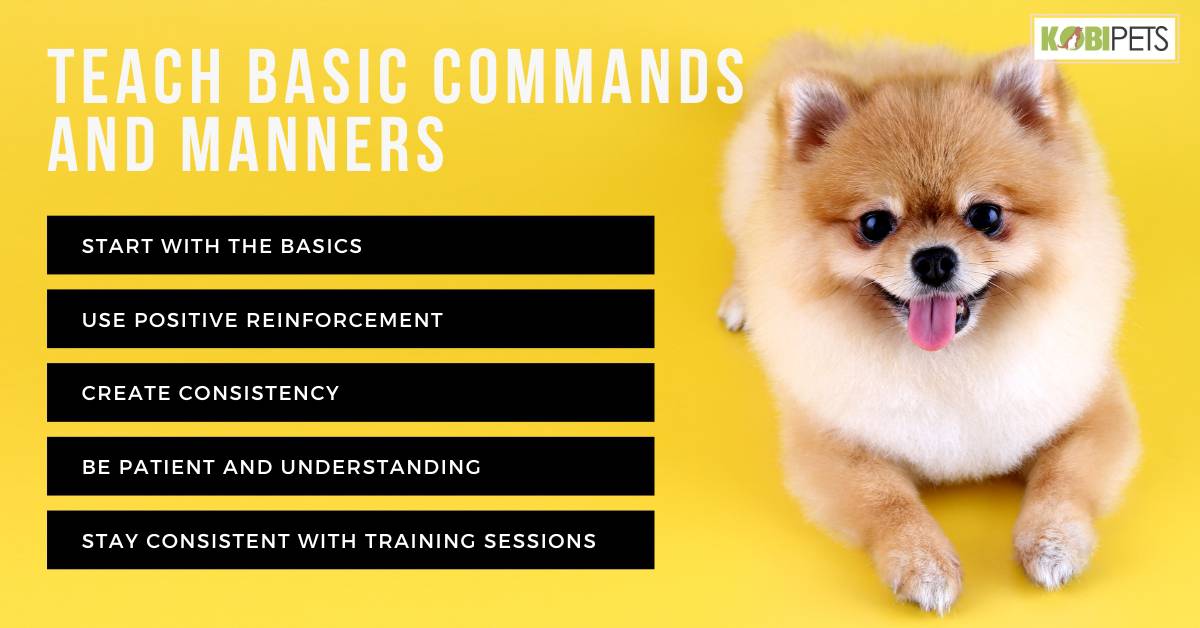
Teach Basic Commands and Manners
Step-by-Step In Training Your Dog
Training your dog is an important part of ensuring a happy and healthy relationship between you and your furry friend. Whether you are looking to teach basic obedience or more advanced skills, having a step-by-step guide can help make the process easier. Here is a comprehensive look at how to train your pup in order to get the most out of your bond:
Step 1: Establish a Set of Rules for Your Dog
Clearly define what is and is not acceptable behavior, and ensure that your entire family follows these rules consistently.
Step 2: Get Your Dog Used to a Routine
Provide consistent and frequent meals, walks, exercise, and playtime that all happen at roughly the same time each day.
Step 3: Positive Reinforcement
Reward desired behaviors with treats or praise while avoiding punishing undesirable behaviors as much as possible.
Step 4: House Training
Regularly take your dog outside to go to the bathroom in designated areas, and reward them when they do their business in the right place.
Step 5: Socialization
Gradually introduce your dog to different people, places, animals, and environments while remaining watchful of how they react and teaching them how to act properly in certain situations.
Step 6: Basic Obedience Training
Teach your dog basic commands such as “sit” or “stay” with positive reinforcement methods so they learn what is expected from them when you give those commands.
Step 7: Advanced Obedience Training
Once your pup has mastered the basics you can move on to more advanced techniques such as agility training or behavioral training for specific purposes like protection or detection work.
Step 8: Sustain Learned Behaviors With Consistent Practice
Frequently practice the commands you taught your pup so that they don’t forget them over time!
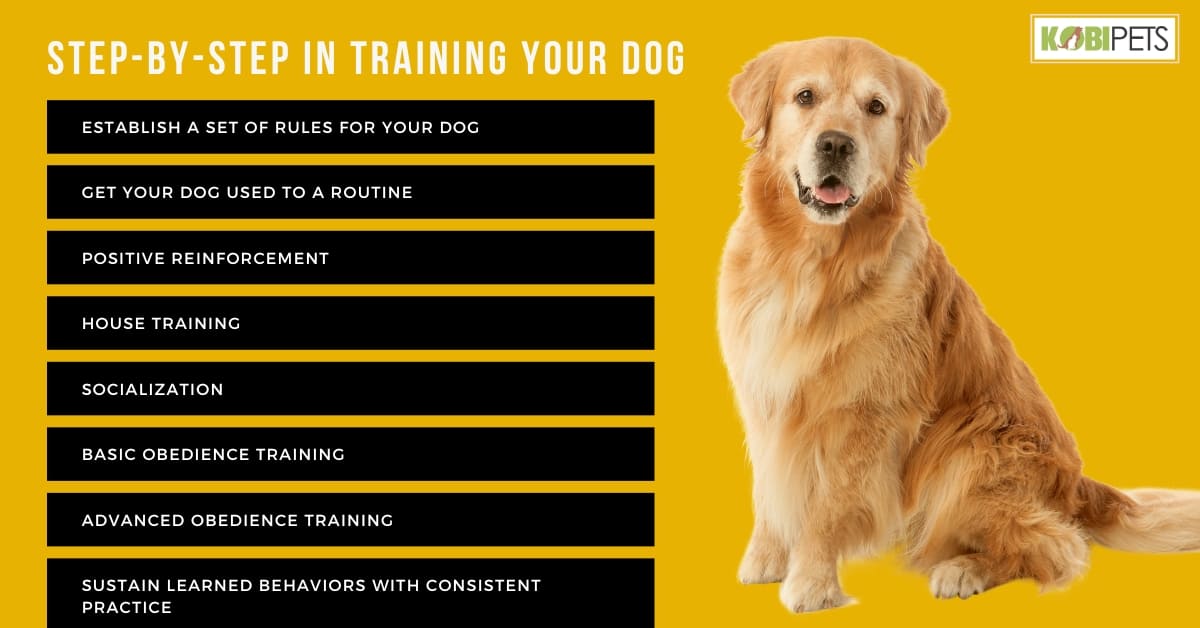
Step-by-Step In Training Your Dog
Create a Consistent Environment
Consistency is key when it comes to creating a safe and secure environment for your dog. A consistent environment provides your pup with stability, making it easier for them to learn new behaviors. Here are some tips on how to create a consistent environment:
Establish rules and boundaries: Set boundaries that are clear and easy to understand; make sure you also provide rewards when your dog follows these rules.
Provide plenty of exercises: Regular walks and playtime help keep your pup happy and focused while they learn, so make sure they have sufficient physical activity every day.
Stick to routines: Routines provide structure and help your dog understand what behavior is expected of them; try to stick to the same routine each day as much as possible.
Limit distractions: Minimizing distractions can help maximize focus; when training, isolate your pup in an area with minimal noises or movements for optimal results.

Create a Consistent Environment
Prevent Problem Behaviors with Early Intervention
Early intervention is key when training your dog. Taking the time to teach your pup proper behaviors at a young age helps to avoid more difficult issues down the road. Early socialization and positive reinforcement are essential for a harmonious relationship between you and your canine companion.
Puppies can develop problem behaviors due to a lack of structure and consistency, so it’s important to have an early plan of action in place. This ensures that bad habits don’t become ingrained in their behavior. Starting with basic commands such as ‘sit’, ‘stay’, and ‘come’ can set up the foundation for successful obedience training down the line.
Positive reinforcement techniques work best for puppies since they tend to act on instinct when learning new things. Rewarding desired behaviors with treats or verbal praise is one way to ensure that your pup associates good behavior with good rewards.
Consistency is also very important when training a puppy, as you want them to learn acceptable behaviors quickly and effectively without confusion about what you want from them. Start by teaching them guidelines for living in the home like where they should sleep, where they should eliminate, and how they should behave around people or other pets.
By setting these boundaries early on, you can prevent problem behaviors from developing over time and lay down a strong foundation for future interactions with your pet pal.
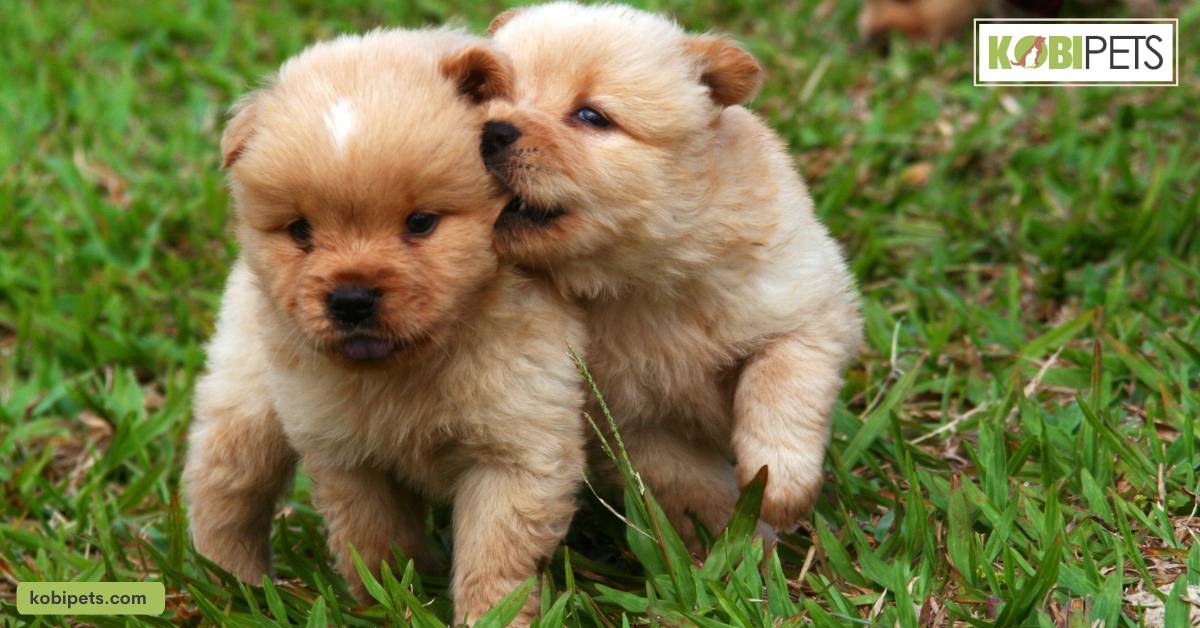
Continue Training Even After Your Dog is Trained
Even after your pup has mastered basic commands, it’s important to continue their training. Keeping up with reinforcement and positive reinforcement is key for them to remember these behaviors and not seek out more undesirable ones. Additionally, teaching new things like agility courses or tricks is a great way to keep them stimulated and engaged.
Interactive toys such as food puzzles can also be used to help prevent boredom which can lead to destructive behavior. Regular walks outside of the house are also excellent ways of keeping your dog active and exercised, as well as socializing them with other people and other pups.
It’s important to remember that all dogs have different needs, so tailor your training methods accordingly and adjust based on what works best for you and your pup’s individual personalities. Also, remember that patience is key; with consistent effort and time, you can ensure that your pup grows into the best version of themselves.
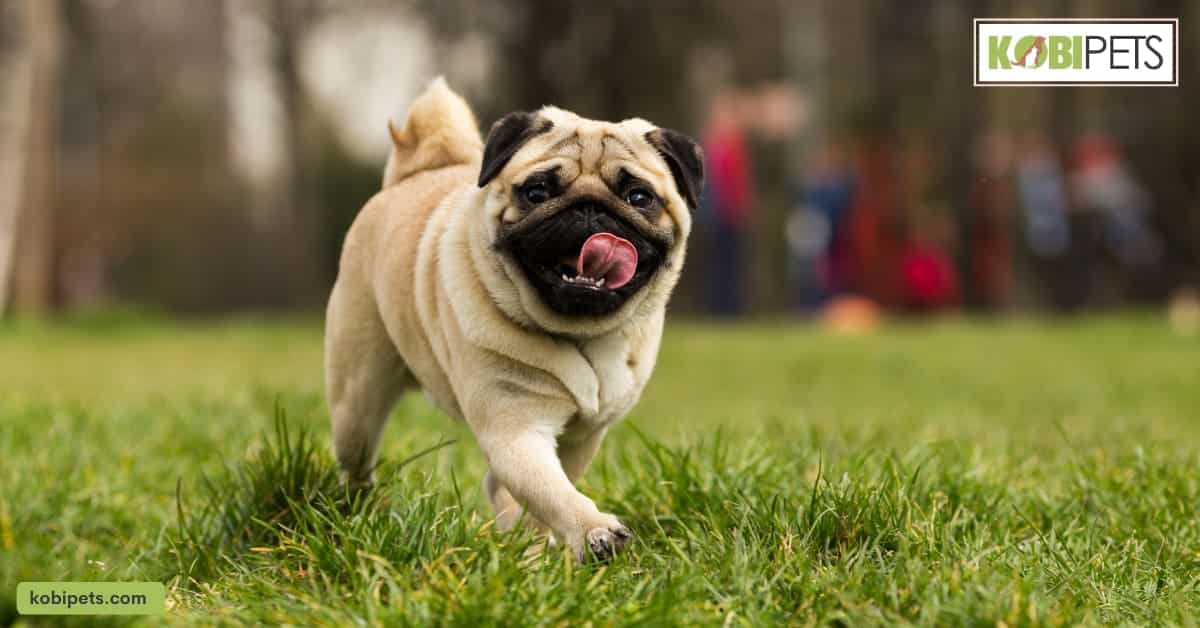
In Conclusion
Training your dog can be a long and challenging process, but with patience and dedication, you can have an obedient pup in no time. With the right guidance and positive reinforcement techniques, teaching your pup basic commands like “sit”, “stay”, or “come” will become second nature to them.
Additionally, creating a consistent environment and setting boundaries early on can help prevent problem behaviors from developing in the future. With these tips and a little effort, you will have your pup listening to your commands in no time!






